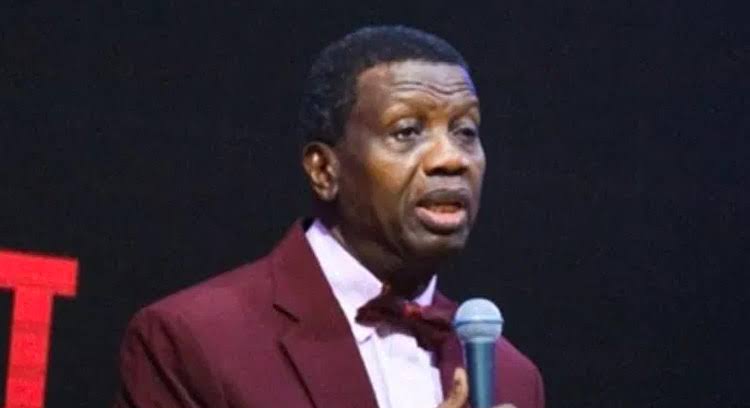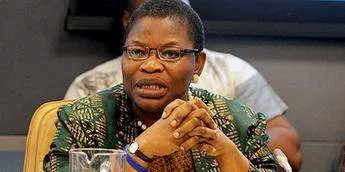The Owu Masquerade: Origin, Cultural Significance, and Spread
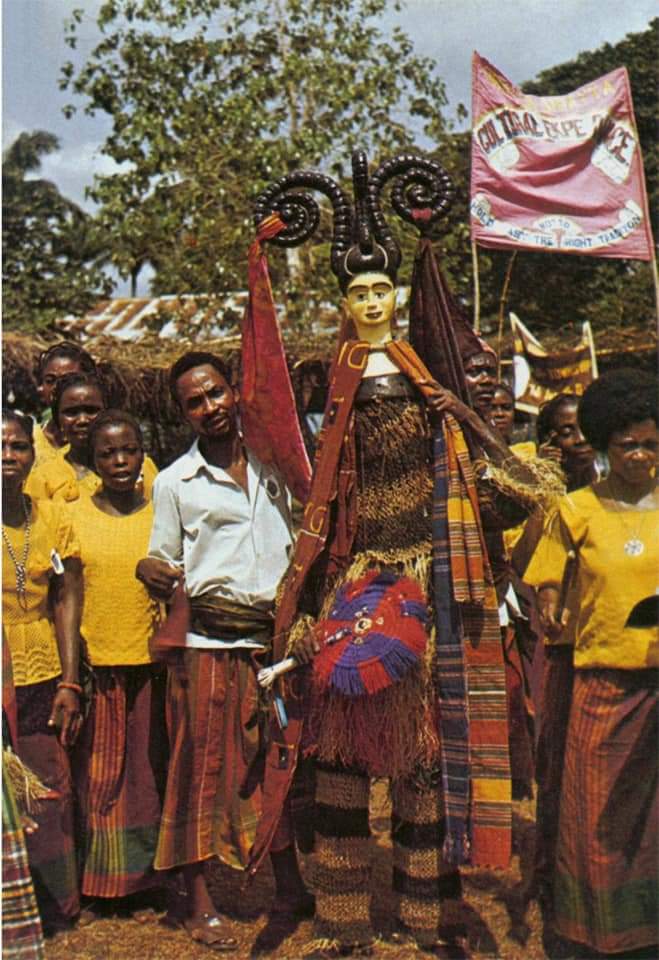
Owu Masquerade Festivals
The Owu masquerade in the Oguta area is closely tied to two major festivals: Agugu and Omerife. Agugu, the New Year festival, is when the most significant masquerades are performed, while Omerife marks the New Yam festival.
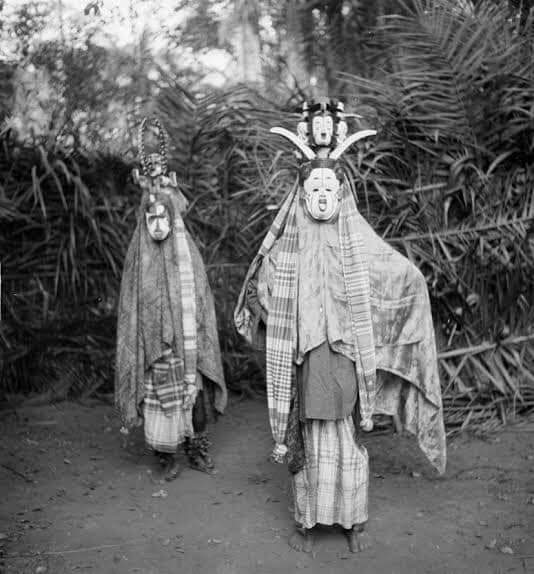
These festivals reflect a balance between male and female participation and take place at specific times in accordance with environmental and lunar observations. The senior town, Orsu-Obodo, traditionally begins the Agugu festival, followed by other Oru towns such as Oguta, Izombe, and Awa. Agugu is observed for a full month, adhering to the Igbo 4-day market week.
Rituals and Performances
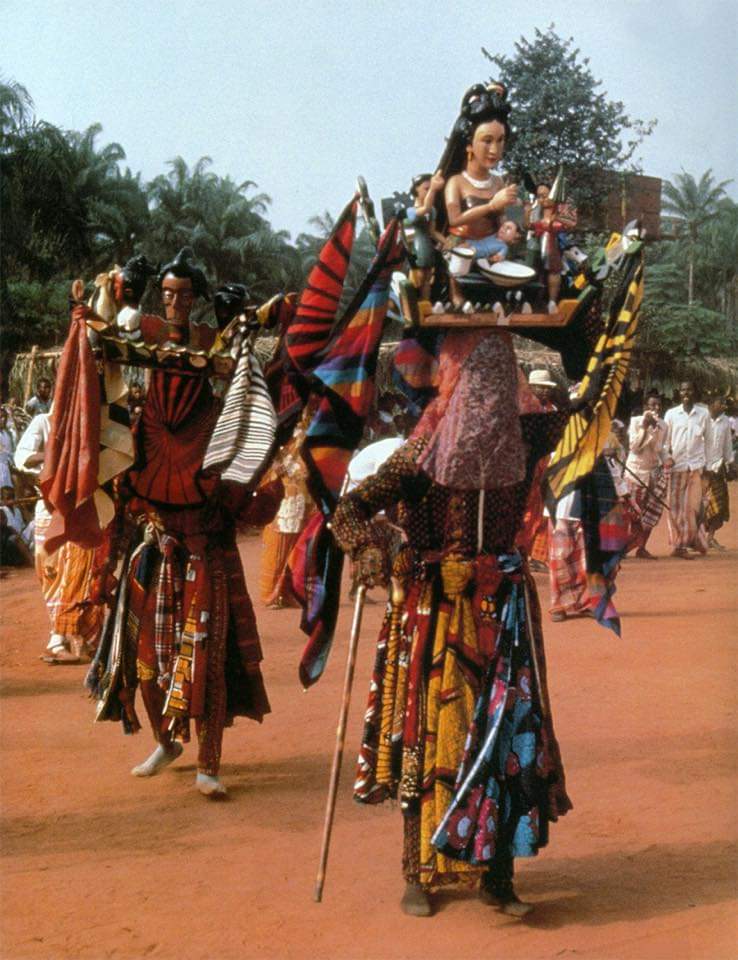
Agugu celebrates ancestral spirits and Owu, featuring male and female masquerades, both public and secret performances. The festival also marks the initiation of young men into adulthood and prepares the community for the agricultural year and female fishing activities.
The Owu masquerade is performed publicly by masked individuals and groups, with its music and dance steps being distinct. During the Owu Agugu, only Owu music is played, and no funerals are allowed. One of the highlights is a bard who sings songs praising the Owu, while the oldest women of the town perform secret night rituals dedicated to Owu.
Hierarchy of Titles in Owu Society
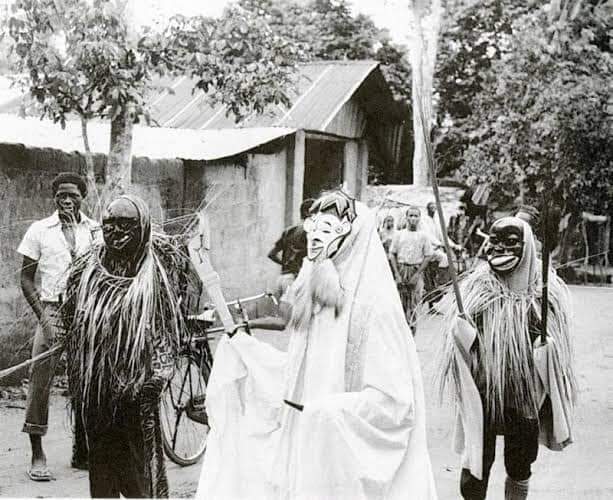
The Owu Okoroshi society operates with a structured hierarchy, where titles and masks represent different ranks and roles. The leader of the society is known as the Osere or Omodi, who holds the Ofo and presides over public performances. The society’s bard, called the okwa, sings praises and preserves the history and cultural ideals of the Oru people. There is also a female title holder known as Ada Owu, while the Eze Nwanyi is the town’s most senior woman.
Masks and Characters
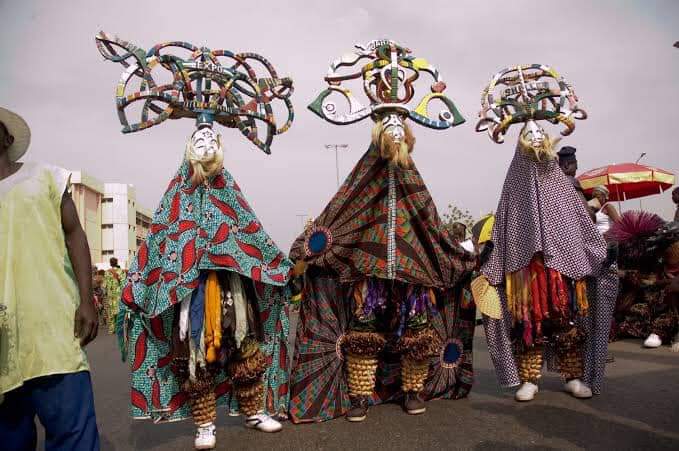
The Owu masquerade includes several masks, each representing different mythological figures. The three most senior masks—Echarakecha (Father makes noise), Igbonnamuo (Beauty of the Igbo), and Akarucha (After gossiping, you still desire it)—are highly choreographed and performed publicly in the village square for four consecutive days. A fourth mask, Nwo-no-no, appears unpredictably, symbolizing chaos and challenging the societal order represented by the other masks.
Spread and Influence
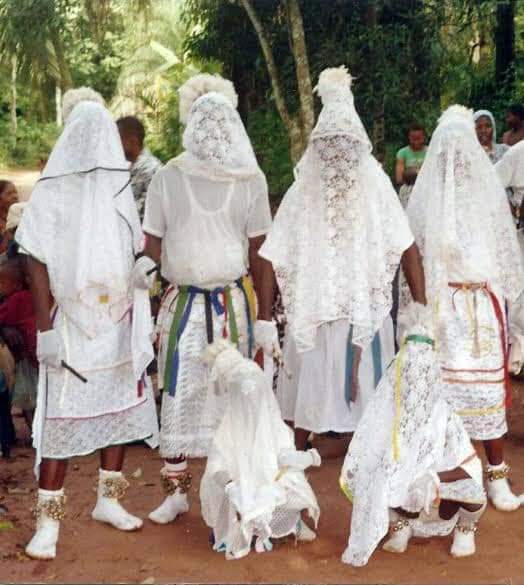
Owu masquerades spread across the region, reaching neighboring Isuama clans like Eziama Obiato, Orodo, Awo Omamma, and Njaba, as well as areas like Mbieri, Orogwe, and Agwa in Owerri. It became the dominant masquerade form in the Oru region, including places like Oguta and Ekpeye, and plays a major role in Ikwerre society. Historically, Owu societies also served as law enforcement in Southern and Riverine Igbo communities.
Today, the Owu masquerade continues to symbolize the duality of nature, with its white feminine mask and black grotesque mask representing beauty and ugliness, life and death.


